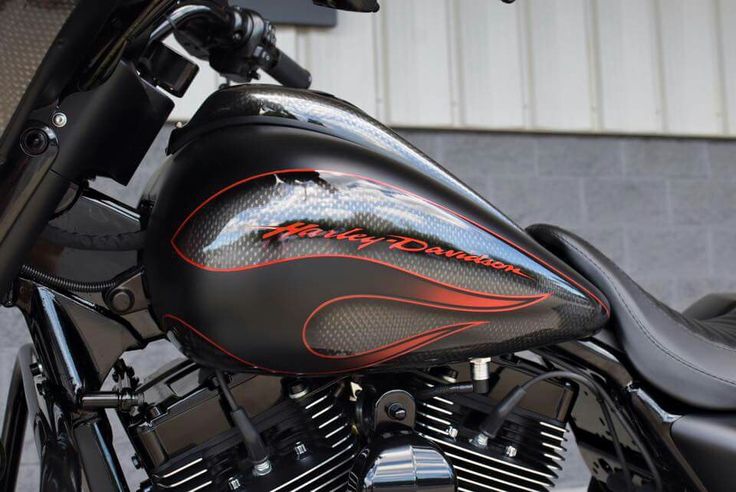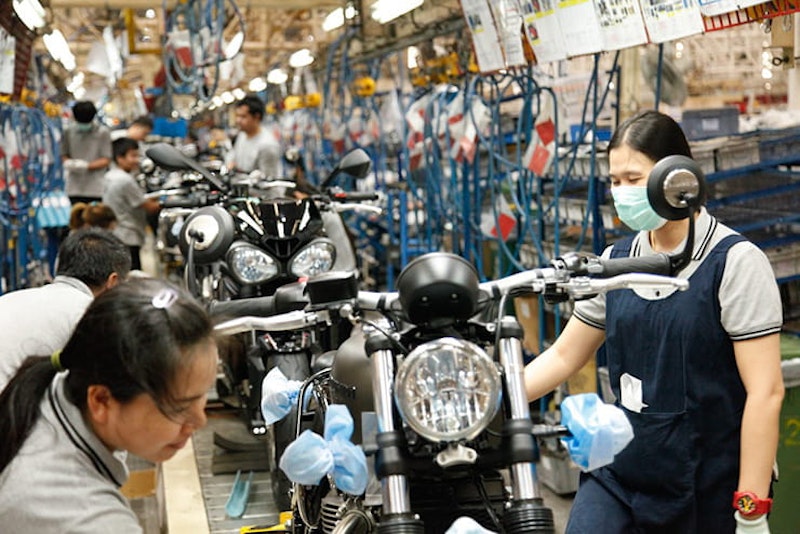Painting your ABS plastic motorcycle can seem daunting. But with the right information, it becomes an enjoyable project. Whether you are a novice or an experienced professional, this guide will walk you through the entire process of how to paint ABS plastic motorcycle with exceptional results.

Understanding ABS Plastic
ABS plastic, known for its toughness and impact resistance, is a common material for motorcycle parts. Proper preparation and the correct paint type are crucial for a lasting finish.
Painting ABS plastic requires a few extra steps compared to metal surfaces. Special care needs to be taken to ensure that the paint adheres properly to the ABS surface.
Tools and Materials You Will Need
Primary Tools
- Sandpaper (various grits)
- Plastic primer
- Plastic cleaner
- Automotive paint
- Clear coat
- Spray gun or quality aerosol paint
- Masking tape
- Dust mask and gloves
Step-by-step Guide on How to Paint ABS Plastic Motorcycle
Preparation
Preparation is key to getting a beautiful, long-lasting finish. Follow these steps:
1. Cleaning
Start by cleaning the surface thoroughly with a plastic cleaner to remove any dirt, grime, and oils. Oil and dirt can prevent the paint from adhering properly.
2. Sanding
Next, sand the entire surface with fine-grit sandpaper (around 400-600 grit). Sanding helps create a rough surface that improves paint adhesion.
3. Cleaning Again
Clean the sanded surface once more to remove any dust and debris.
4. Masking
Use masking tape to cover areas you don’t want to be painted. This includes parts like lights or any emblems.
Priming
1. Application of Plastic Primer
Apply a coat of plastic primer, which is specifically designed to adhere to ABS plastic. Follow the manufacturer’s instructions and allow the primer to dry completely.
Painting
1. Base Coat
Apply the base coat of automotive paint. Use even strokes and apply 2-3 light coats instead of one heavy coat to avoid runs and drips. Allow each coat to dry according to the manufacturer’s instructions.
Before applying the clear coat, lightly sand the painted surface with very fine sandpaper (around 1000 grit). This step is crucial for a smooth finish.
Clear Coat
1. Application
Finally, apply the clear coat to protect the paint and give it a glossy finish. Apply 2-3 coats, allowing each layer to dry properly before applying the next. The clear coat not only enhances the looks but also adds a layer of protection against the elements.
Drying and Curing
Allow the paint and clear coat to dry and cure completely. This process can take several days, depending on the environmental conditions and the type of paint used. Patience is key during this stage to ensure a durable finish.
Polishing and Finishing Touches
Once the paint has cured, use a polishing compound to achieve a smooth, glossy finish. Buff the surface gently to remove any imperfections and bring out the shine.
Maintaining Your Painted Motorcycle
Regular maintenance will keep your motorcycle looking its best. Wash it with a mild detergent and water, avoiding harsh chemicals that can damage the paint. Wax your motorcycle periodically to protect the finish.

FAQs
Can I use regular automotive paint on ABS plastic?
Yes, but you must use a plastic primer first to ensure proper adhesion.
How long does it take for the paint to cure completely?
It can take several days depending on the type of paint and environmental conditions.
What grit sandpaper should I use for sanding the plastic?
Use fine-grit sandpaper, around 400-600 grit for initial sanding and 1000 grit before applying the clear coat.
Painting ABS plastic motorcycle parts doesn’t have to be complicated. With the right tools and a step-by-step approach, you can achieve a professional finish. Happy painting!
Custom Painting a Motorcycle Tank with Aerosol CanHow to Mask Paint a Motorcycle
For further reading on QA Testing, check out this QA Guide.
